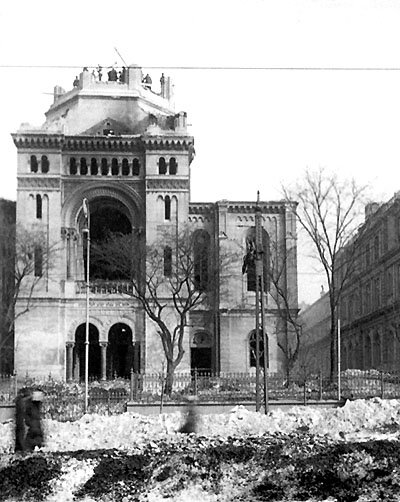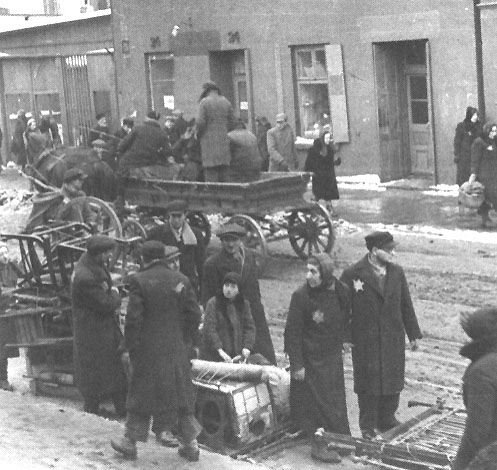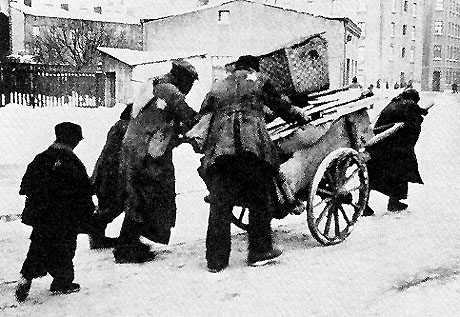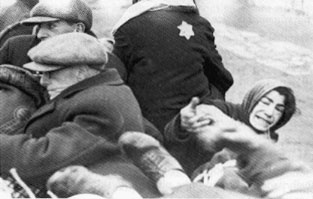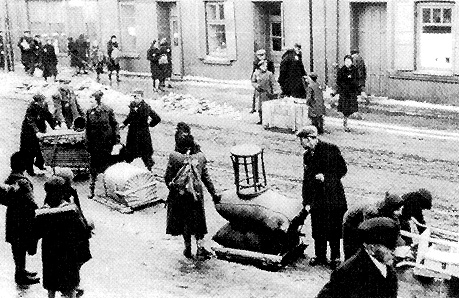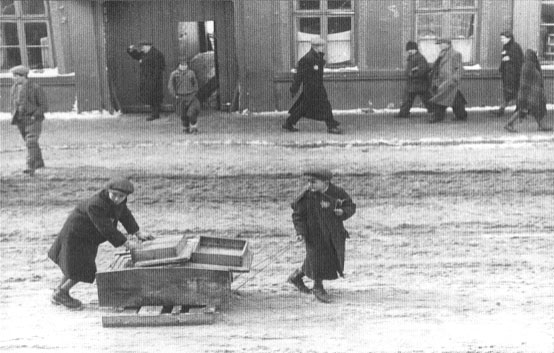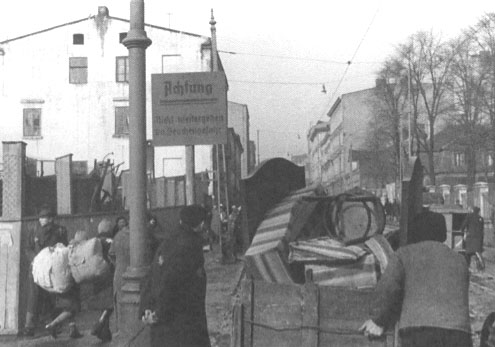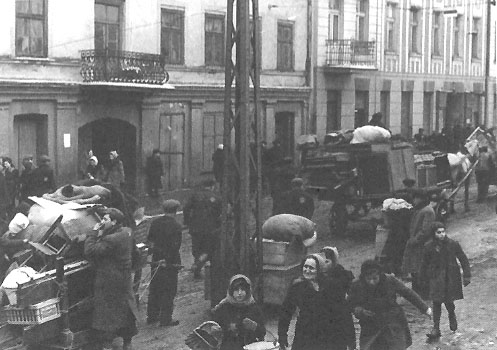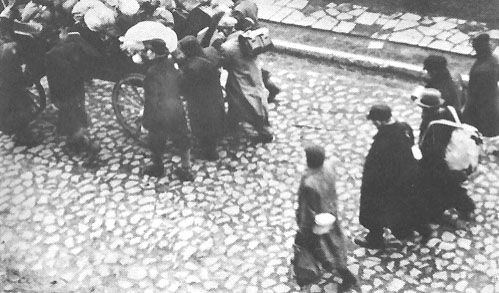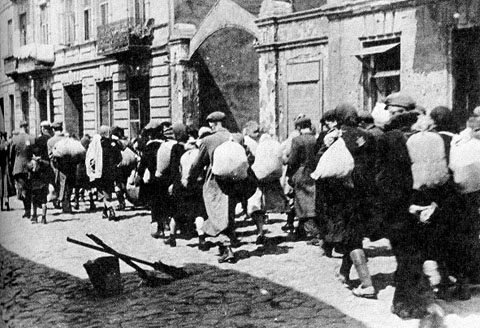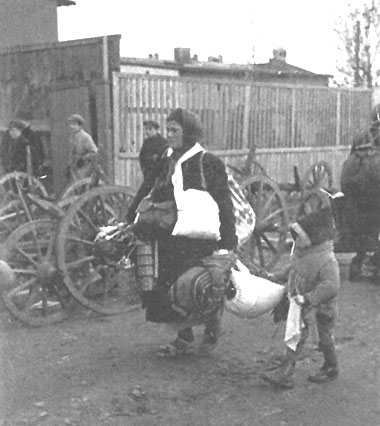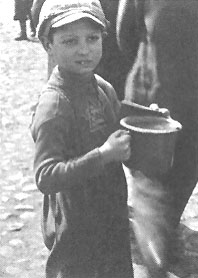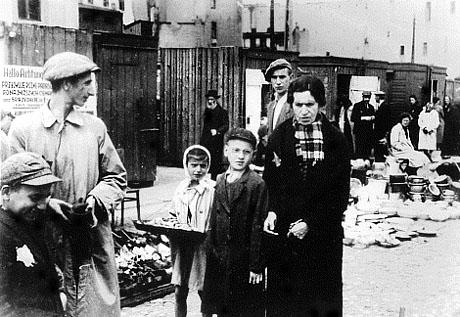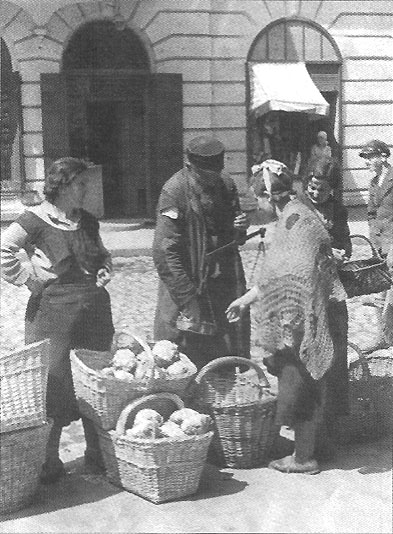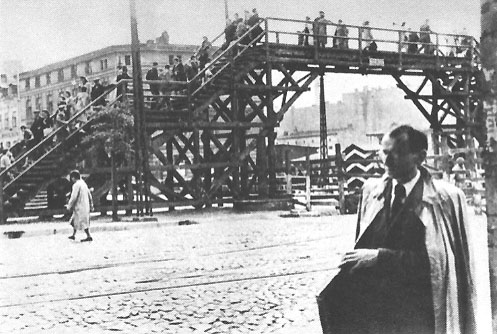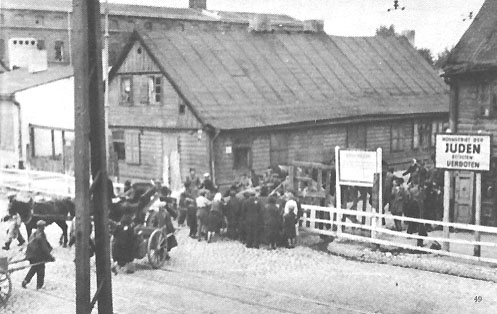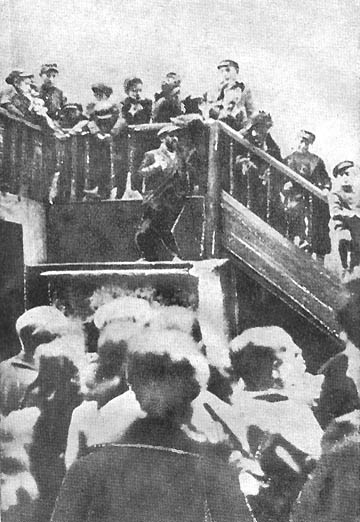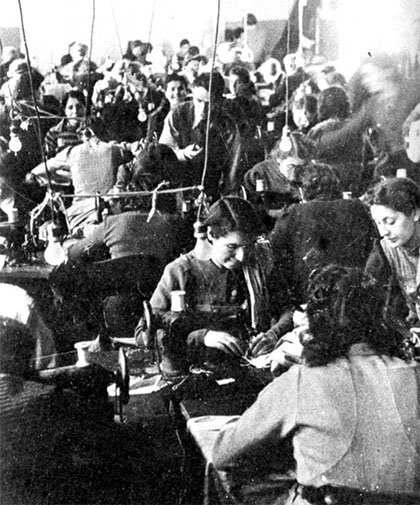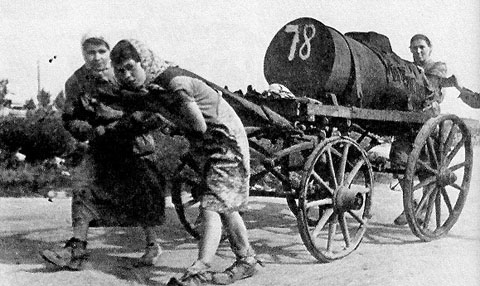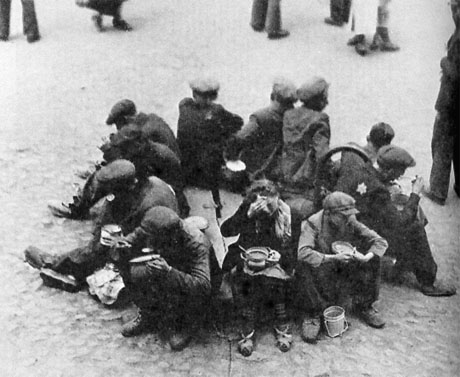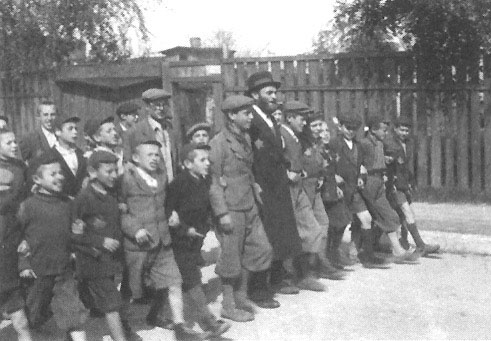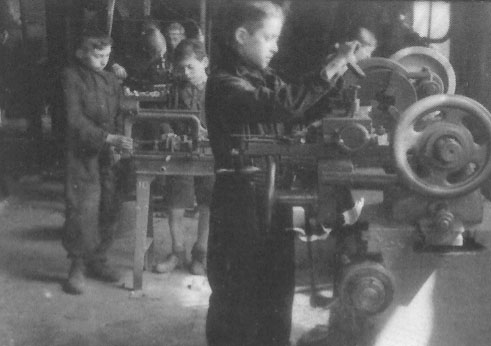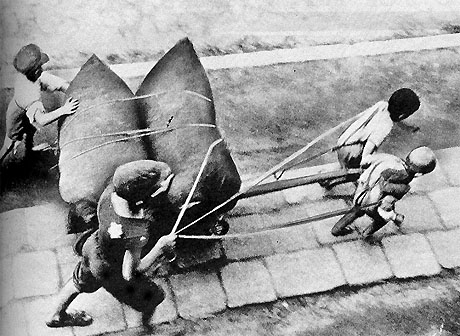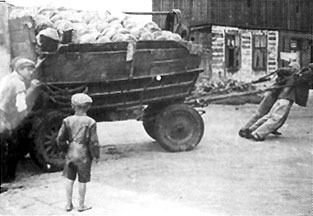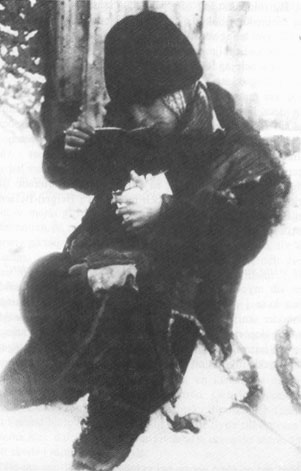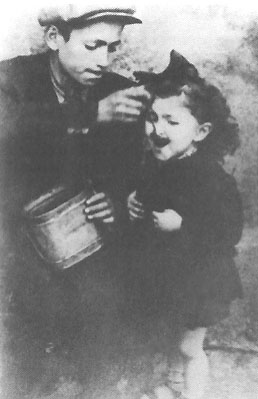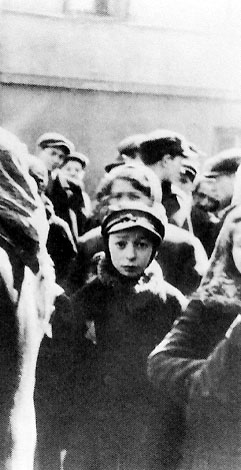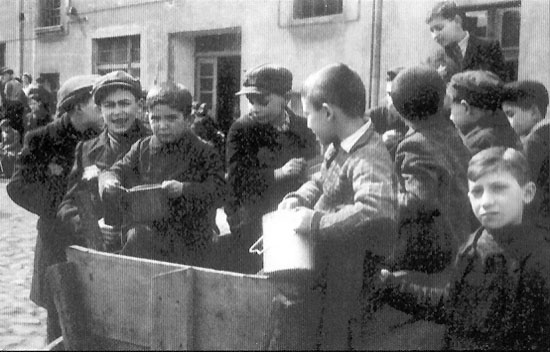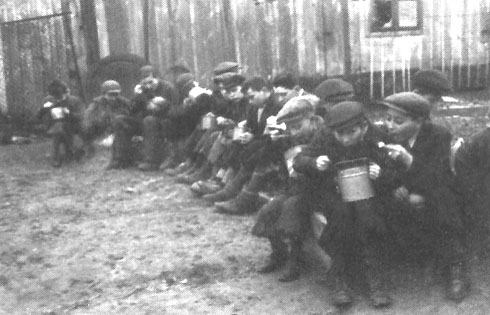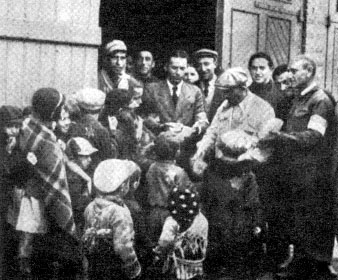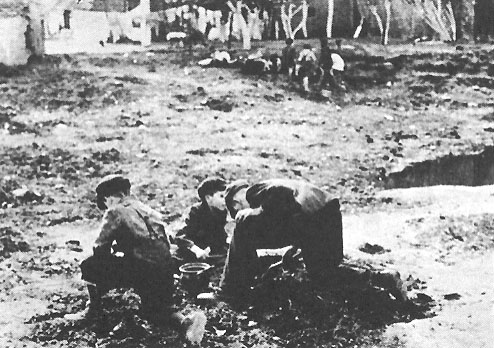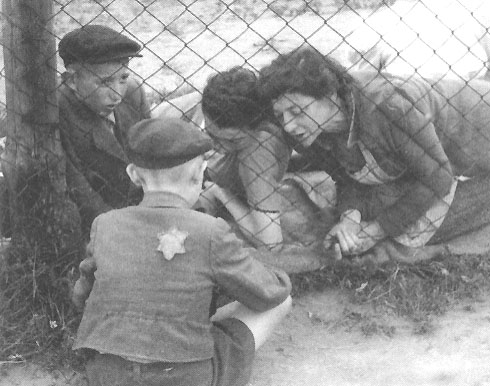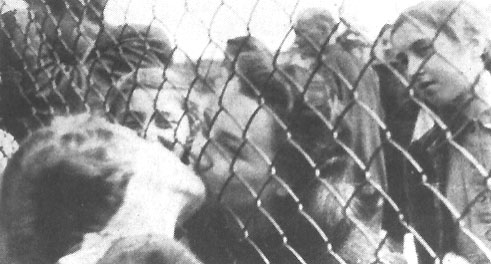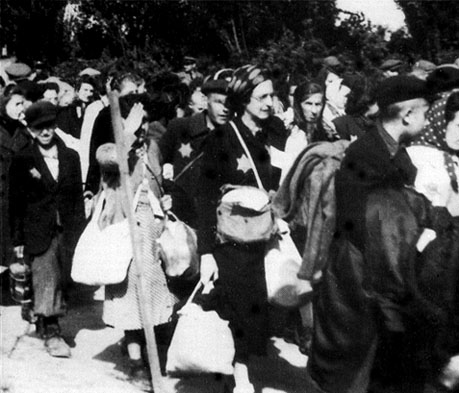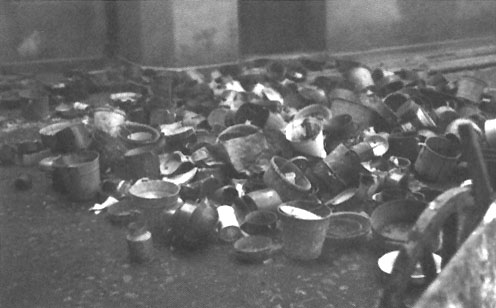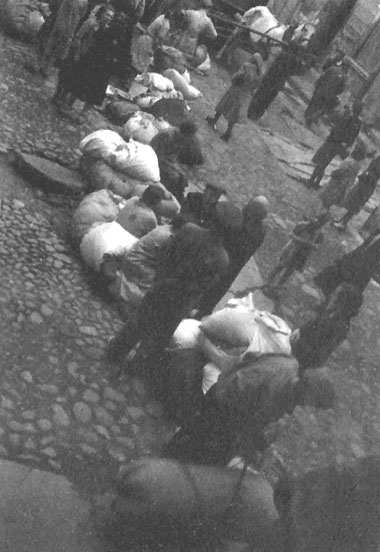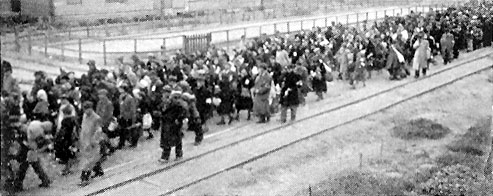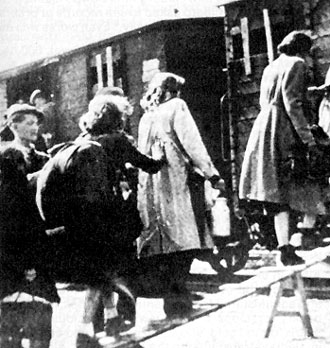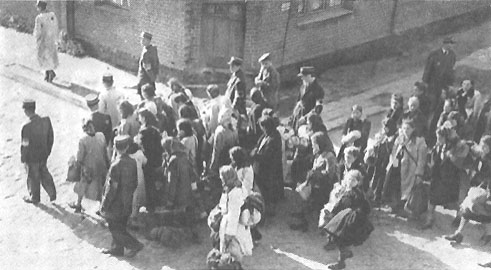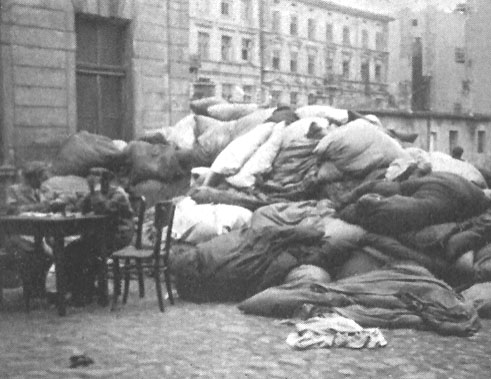|
|
||
The synagogue in Lodz, Poland, at Spacerowa (now Kosciuszki)
Street
|
||
|
|
||
|
Jews of Lodz, forcibly driven from their homes |
||
|
|
||
Jews of Lodz move to the ghetto
|
||
|
|
||
A Jewish family of Lodz on their way to the Ghetto, winter 1940 |
||
|
|
||
|
A Jewish family of Lodz on their way to the Ghetto, winter 1940 (photo Mendel Grossman) |
||
|
|
||
|
|
||
|
Jewish families of Lodz on their way to the Ghetto, winter 1940 |
||
|
|
||
|
|
||
Jewish families of Lodz move to the Ghetto
|
||
|
|
||
Jewish deported from the liquidated small ghettos in the
nearby small towns
|
||
|
|
||
|
|
||
|
|
||
|
Deportations in and out the Lodz Ghetto 1941-1942 (photo Mendel Grossman) |
||
|
|
||
|
|
||
|
|
||
Jews deportated from Western Europe (e.g. from Vienna,
Berlin, Prague and Luxembourg)
|
||
|
|
||
|
People at the market in the Lodz Ghetto selling goods to survive, 1941 |
||
|
|
||
|
Trading in the Lodz Ghetto |
||
|
|
||
The pedestrian passage bridge over Zgierska Street that was
excluded from the ghetto.
|
||
|
|
||
A controlled passage across Zgierska Street open only in some hours. |
||
|
|
||
|
A Jewish street-singer in the Lodz Ghetto |
||
|
|
||
|
Forced labor in the Lodz Ghetto. |
||
|
|
||
Forced labor in the Lodz Ghetto.
|
||
|
|
||
A break for midday soup for Jewish slave laborers (photo Mendel Grossman) |
||
|
|
||
|
Weighing bread rations to the Jews, Lodz Ghetto |
||
|
|
||
A more happy time in a summer camp for Jewish boys in Marysin, Lodz Ghetto, 1940 |
||
|
|
||
|
|
||
|
|
||
|
|
||
|
Jewish children of the Lodz Ghetto working fot the Germans (photo Mendel Grossman) |
||
|
|
||
|
Jewish children of the Lodz Ghetto pulling a cart with cabbage (photo Mendel Grossman) |
||
|
|
||
|
A hungry Jewish orphan in the winter in the Lodz Ghetto (photo Mendel Grossman) |
||
|
|
||
|
A more "fortunate" child (photo Mendel Grossman) |
||
|
|
||
|
A hungry one (photo Mendel Grossman) |
||
|
|
||
|
|
||
|
Meagre meals distributed at Jewish schools in the Lodz Ghetto |
||
|
|
||
|
Giving bread to children, Lodz Ghetto |
||
|
|
||
|
Jewish children scavanging for scraps, Lodz Ghetto |
||
|
|
||
|
|
||
The last farewell to children picked up for deportation
meaning immediate death
|
||
|
|
||
Deportation of Jewish children during the Gehsperre -
the curfew action
|
||
|
|
||
|
Jews of the Lodz Ghetto being marched to Chelmno death camp, 1942 |
||
|
|
||
The pots and buckets left behind in the Gypsy sector of the
Lodz Ghetto
|
||
|
|
||
Jews were not allowed to take their larger belongings with
them
|
||
|
|
||
Thousands of Jews of the Lodz Ghetto were marched to
Radegast (Radogoszcz) Station
|
||
|
|
||
Jews of the Lodz Ghetto at Radegast (Radogoszcz) Station
|
||
|
|
||
One of the last groups of Jews are being marched to Radegast
Station
|
||
|
|
||
The landscape after the liquidation of the Ghetto.
|
||
